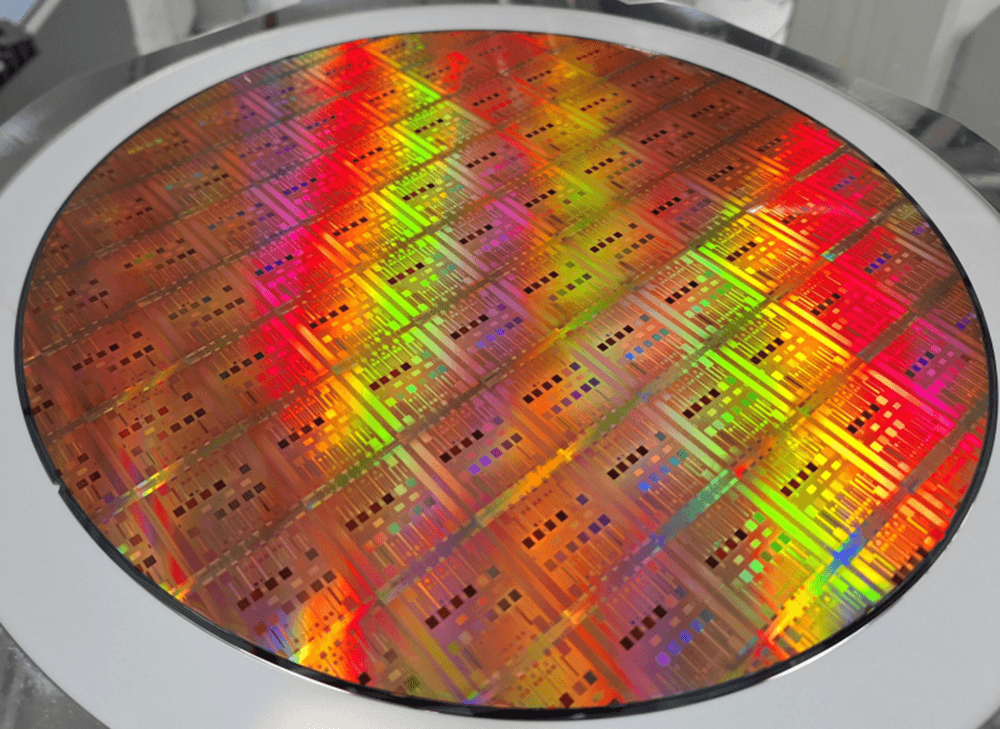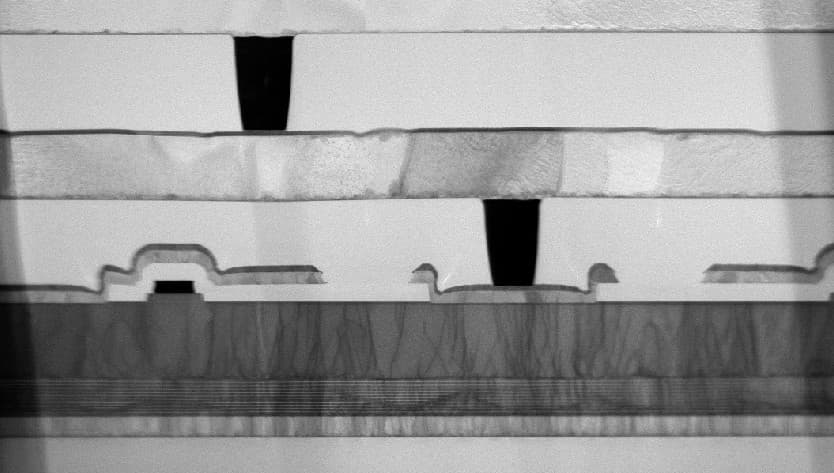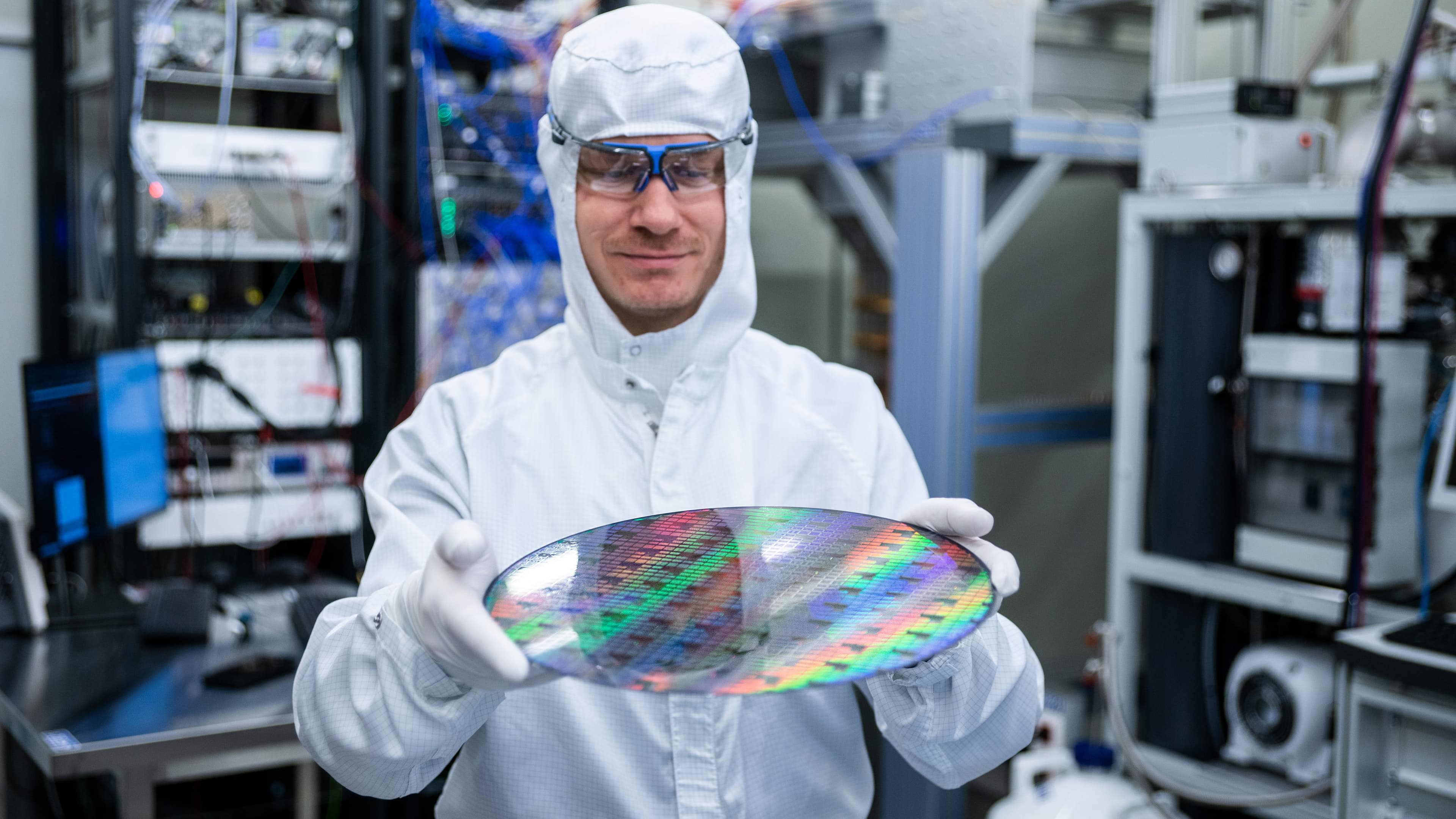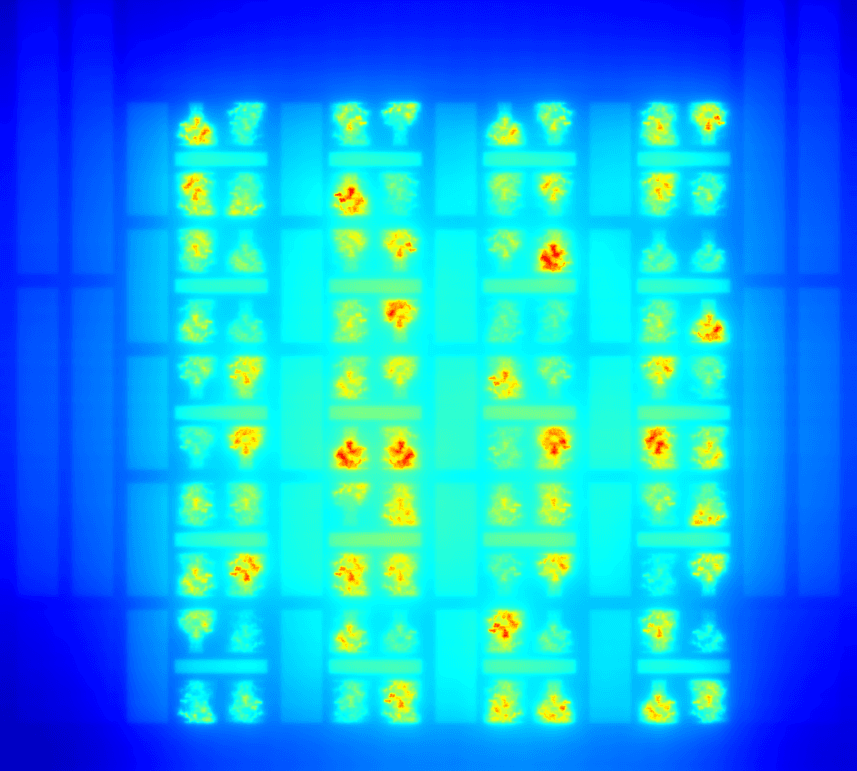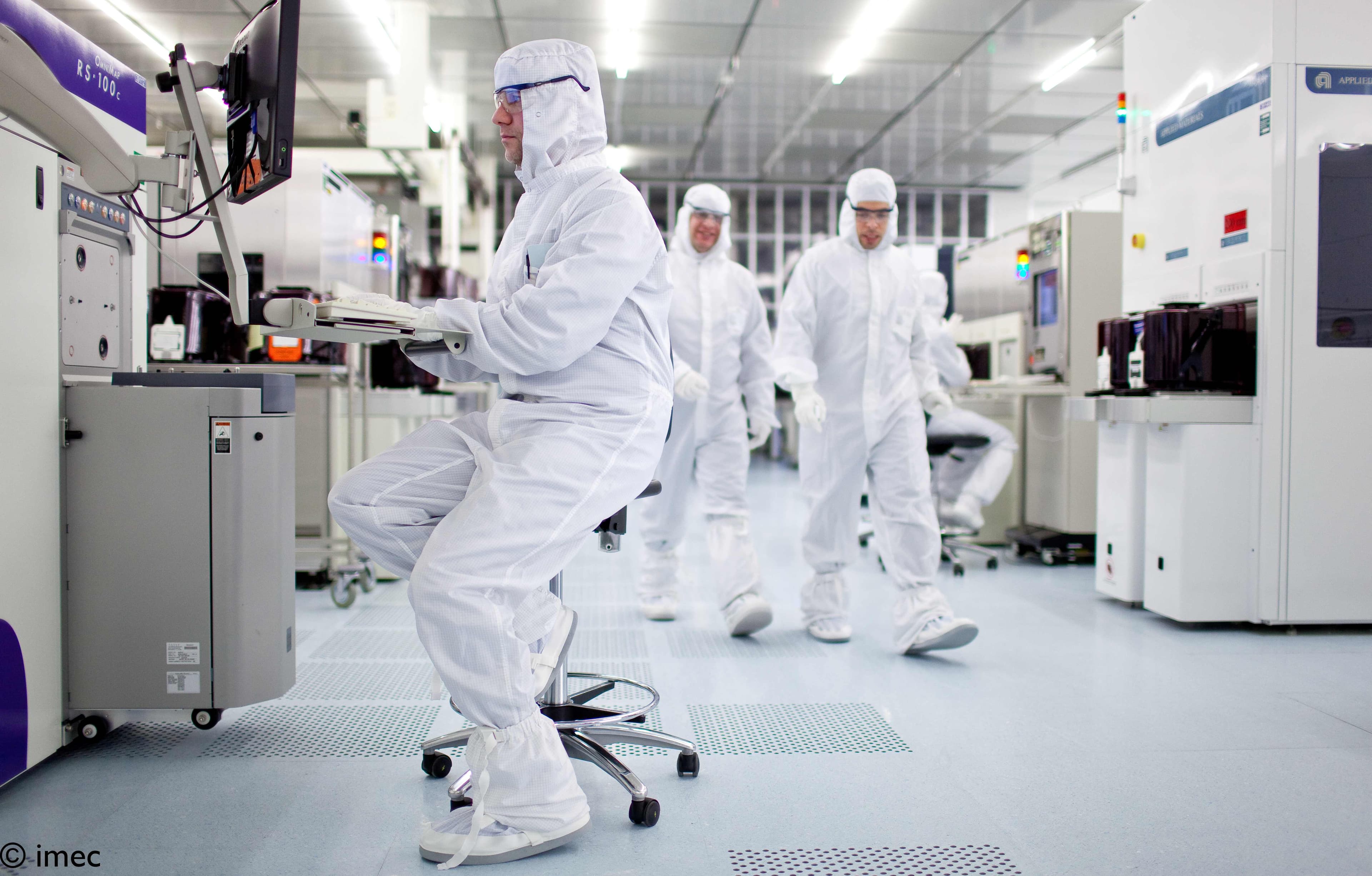Machine learning systems can detect anomalies in environments such as IT and telecommunication networks. But to teach them how to do that, a lot of data is required. Consequently, machine learning systems for anomaly detection are often trained to be accurate in only one environment or situation.
Because anomalies manifest differently in different contexts, false positives often result when the solution is deployed in different situations and configurations. To overcome this hurdle, RADIANCE will extend machine learning algorithms, enabling them to detect anomalies in real time under resource constraints and adapt to changing contexts. This will cut training time and reduce the need for human involvement.
Changing contexts mean more adaptable anomaly detection
Although traditional approaches to anomaly detection (AD) are easy to understand and performant under resource constraints, they are not able to adapt to new contexts. This requires highly trained personnel familiar with the infrastructure and context to continuously tune the anomaly detection system. What’s more, third-party companies integrating these systems into their products have little insight into the deployment environment and limited ability to tune the algorithms, making them less effective.
AD that learns from its environment
The RADIANCE consortium is made up of partners in the fields of visualization, network management, data science, and telecommunication software. They will address the main challenges involved in developing a self-adapting machine-learning algorithm that accurately detects anomalies in a variety of resource-constrained contexts. These include limited information about customers’ deployment infrastructures or data stream parameters and limited resources and human involvement.
A resource-efficient approach to anomaly detection
RADIANCE seeks to achieve four innovation goals. The project will result in:
- AD algorithms that automatically tune themselves;
- cross-contextual machine learning that adapts to changing situations;
- a shared (federated) machine-learning approach to reduce network traffic and computing power needed for training;
- a visualization solution for easy analysis of the detected anomalies.
A leap forward in state-of-the-art AD methodologies
Approaches and algorithms developed by the RADIANCE consortium will be used by its partners in their products, enhancing their competitiveness and solidifying their industry positions. Not only will the project result in the advancement of the state-of-the-art; additional collaborations or consultancy relationships between partners may be formed as well.
“RADIANCE will extend machine learning algorithms, enabling them to detect anomalies in real time under resource constraints and adapt to changing contexts. This will cut training time and reduce the need for human involvement.”
RADIANCE
Real-time and context-aware anomaly detection for connected devices.
RADIANCE is an imec.icon research project funded by imec and Agentschap Innoveren & Ondernemen.
It started on 01.09.2018 and ended 30.11.2020.
Project information
Industry
- Barco
- ML6 - Skyhaus
- Skyline communications
-
Research
- imec - DistriNet - KU Leuven
- imec - IDLab Data Science Lab - Ugent
- imec - IDLab IBCN - UGent
Contact
- Project Lead: Geert Gheysen
- Research Lead: Femke Ongenae
- Proposal Manager: Femke Ongenae
- Innovation Manager: Steven Van Assche






